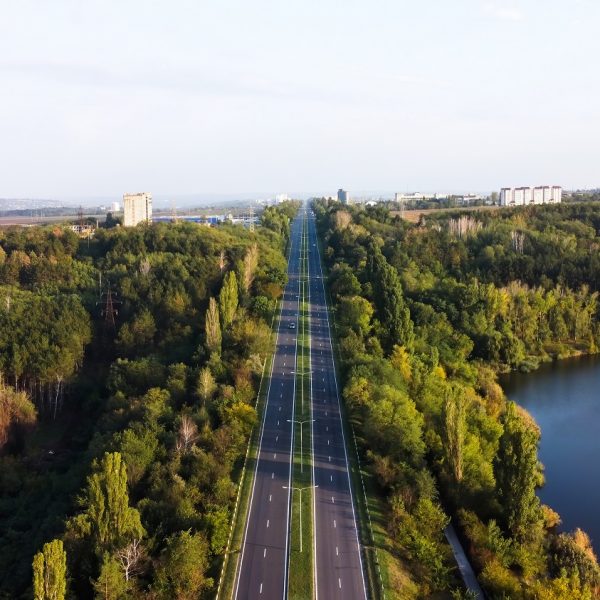
Photo credits: frimufilms from freepik.com
Organisers: Andrea Omizzolo (Eurac Research), Peter Laner (Eurac Research), Filippo Favilli (Eurac Research)
Keywords: Spatial Planning, Ecological Connectivity, Protected Areas, Open Spaces, Mainstreaming
Potential journal publication: To be confirmed
Description:
“Human activities, land use, exploitation of natural resources and pollution lead to habitat fragmentation and loss of biodiversity and cultural landscapes. The ongoing and predicted reduction of living space and biotope fragmentation causes high losses in biodiversity and reduces ecosystem services. The need to reduce biotope fragmentation and loss as well as to foster the connectivity of ecosystems is therefore high.” Based on this statement of the new Interreg Alpine Space programme, and considering the current climate crisis, there is an urgent need to restore and sustain ecological connectivity also enhancing the role of protected areas and recognising / integrating the role of open spaces. By connecting protected areas and other “intact” natural areas, it is possible to arrest and reverse ecosystem fragmentation. The concrete implementation of ecological networks provides unique challenges shared across policy makers and spatial planners. Nevertheless, the concept of ecological connectivity is currently poorly integrated in spatial planning strategies and policy tools at all levels. The main aim of the session is to explore solutions on how spatial planning could integrate the concept of ecological connectivity, protected areas and open spaces to reduce habitat fragmentation and preserve biodiversity.
The authors are invited to present and discuss individual case studies or best practices, as well as results of local, national, and European projects, highlighting specific barriers and solutions found to the integration of the different aspects and factors of ecological connectivity, protected areas, and open spaces into spatial planning.
